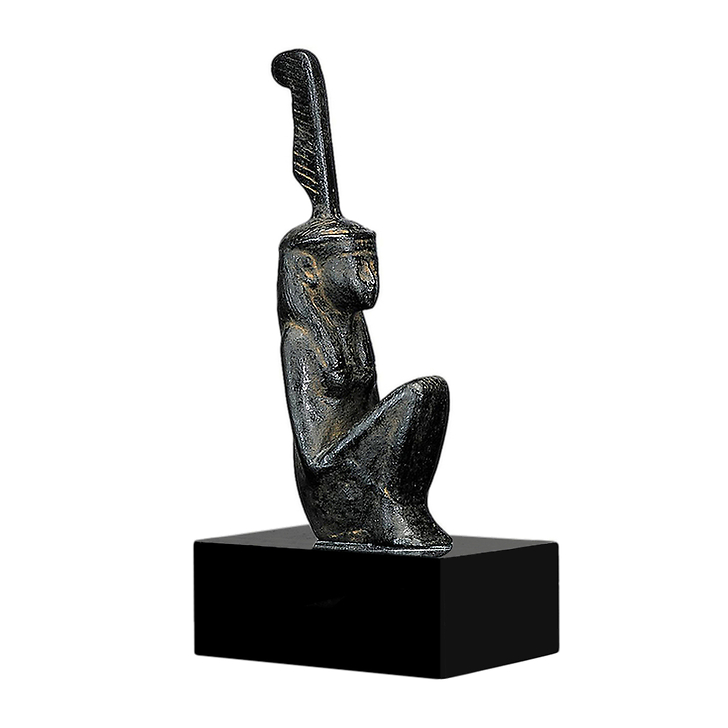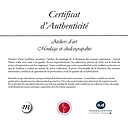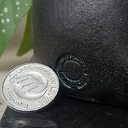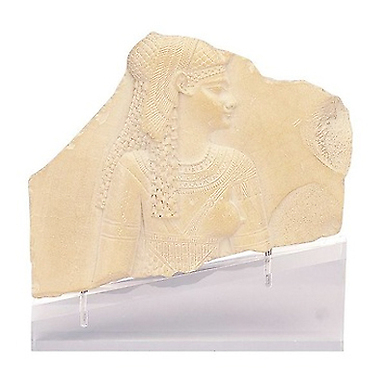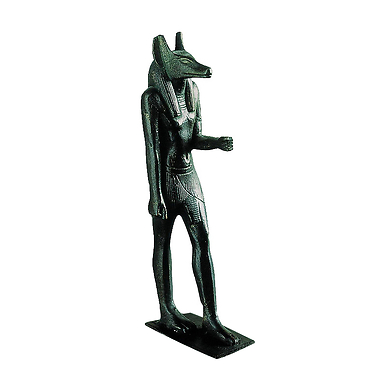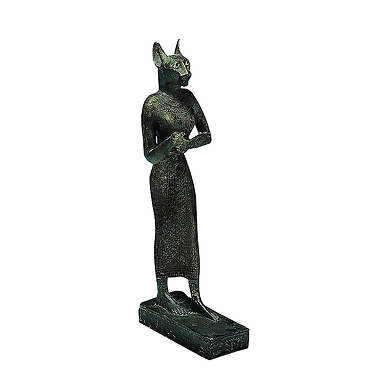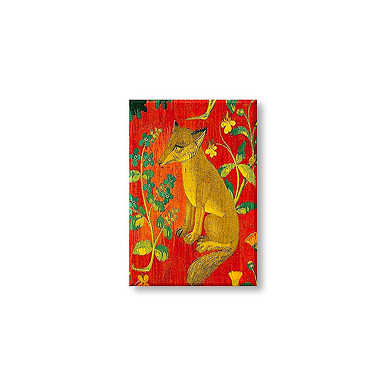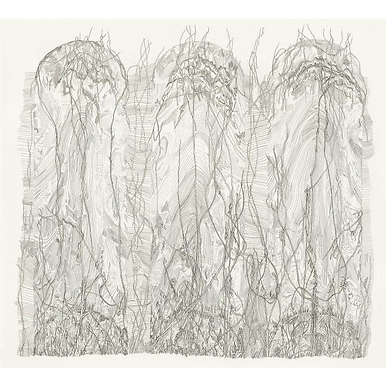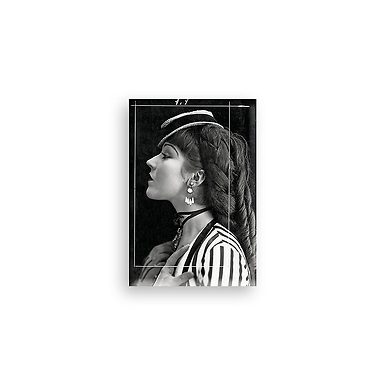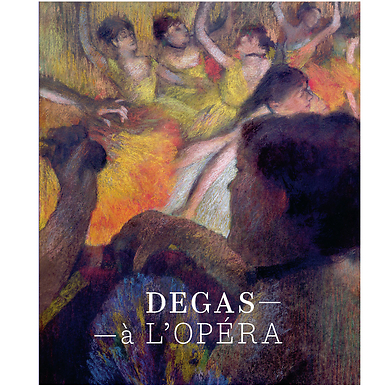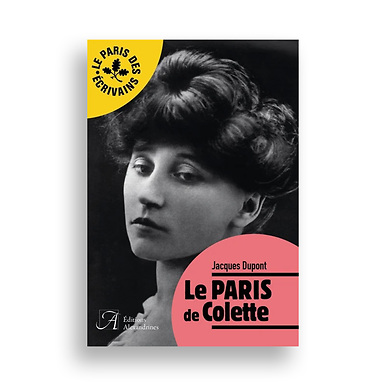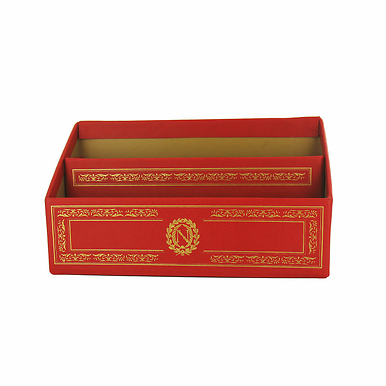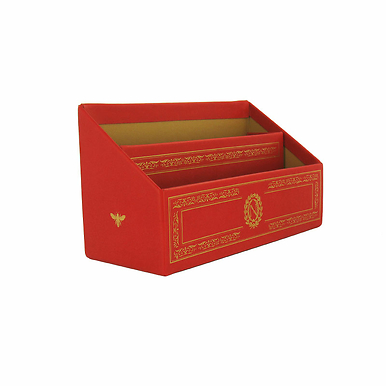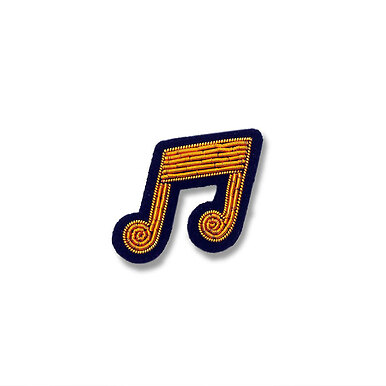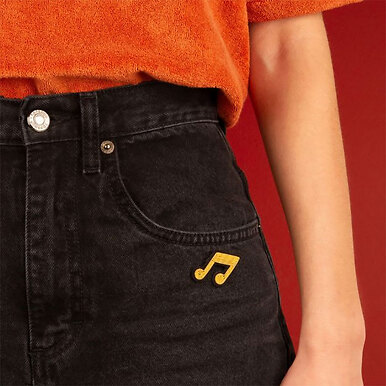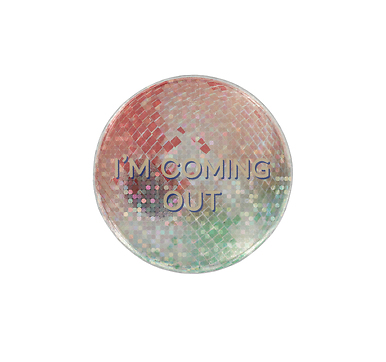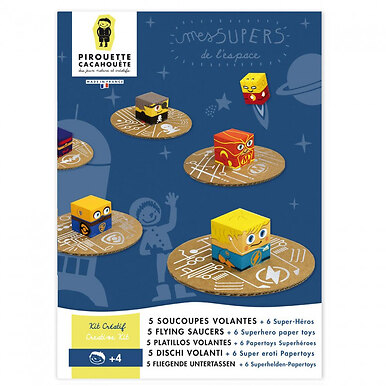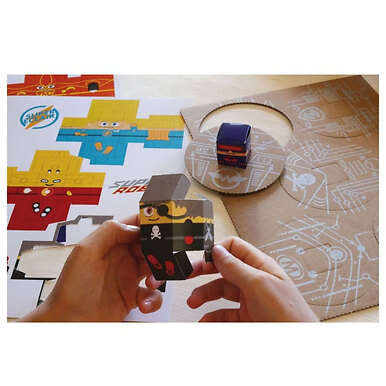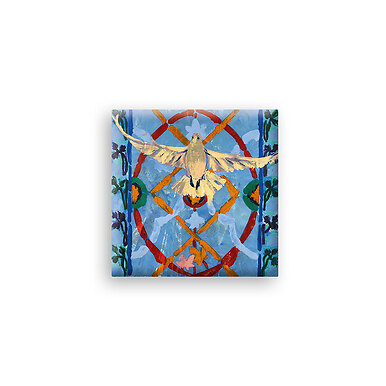Sculpture Maat Godness
ZE000024
Reproduction patinated by hand on a black wooden base. Mold made from an imprint of the original work.
Judging from the scenes depicted, she is a graceful little person, seated, carrying on her head an ostrich feather, the phonetic hieroglyphic sign of her name; she is also the right weight that will...
Read more
Reproduction patinated by hand on a black wooden base. Mold made from an imprint of the original work.
Judging from the scenes depicted, she is a graceful little person, seated, carrying on her head an ostrich feather, the phonetic hieroglyphic sign of her name; she is also the right weight that will be used, in the scales of the judgment of the dead, to weigh the heart of the deceased and to recognise whether it is maâty, i.e. in conformity with Maât: The texts say that she is the daughter of Ra and it is her that the kings offer to the gods, carried in the palm of the hand like a small doll, in most of the scenes occupying the back of the chapels.
Maat is the offering par excellence, the one who can replace all the others because she virtually includes them in herself. For these different reasons, Maat is usually considered to be the incarnation of Truth and Justice. This view is far from being farfetched for it can be justified by numerous proofs. During judgement, the heart of the deceased is compared to Truth ; the vizir, or supreme head of the tribunals of Egypt, is the "priest of Maat" ; "talking according to Maat" is the opposite of "telling lies".
Close
Sold by GrandPalaisRmn
